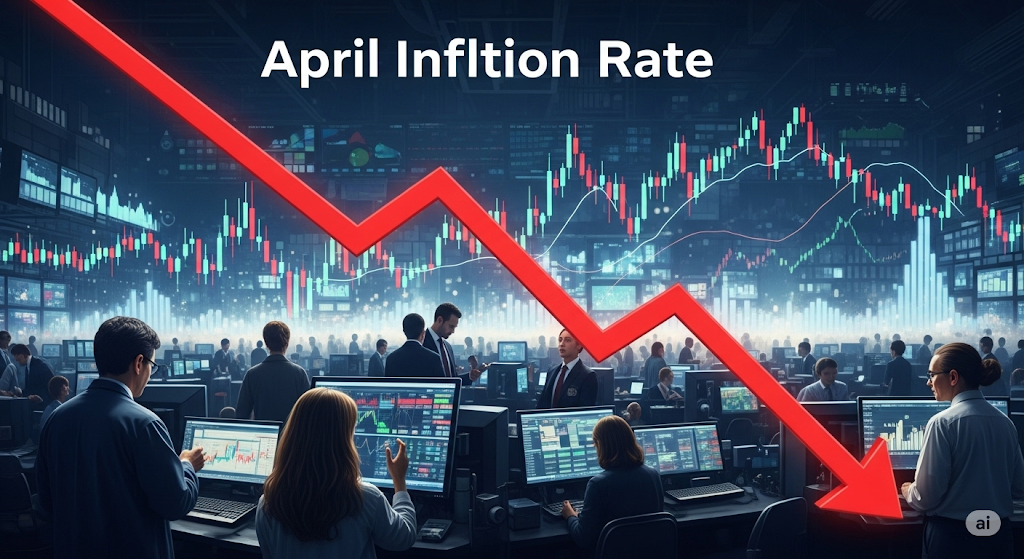Inflation Cools in April: Market Reaction
In a positive development for consumers and investors alike, U.S. inflation cooled in April 2025, according to the latest data released by the Bureau of Labor Statistics. The Consumer Price Index (CPI) rose at a slower pace than expected, fueling optimism that the Federal Reserve may soon ease its tightening cycle.
April 2025 Inflation Data at a Glance
- Headline CPI (YoY): +3.1% (vs. 3.3% expected)
- Core CPI (YoY): +3.4% (vs. 3.6% expected)
- Month-over-Month Change: +0.2%
These figures represent the lowest annual inflation rate in over two years, and the slowdown was broad-based — including shelter, food, and energy prices.
What Caused the Slowdown?
Several factors contributed to the easing inflation:
- Energy Prices: Declined due to stable oil supply and reduced demand
- Housing Costs: Rent growth has begun to flatten in key urban markets
- Consumer Demand: Slowed slightly as interest rates weighed on borrowing
This cooling trend suggests the Federal Reserve’s previous rate hikes may finally be having the desired impact on the economy.
Stock Market Response
The stock market surged on the inflation report, with all three major indexes closing higher:
- S&P 500: +1.8%
- Dow Jones Industrial Average: +1.4%
- Nasdaq Composite: +2.5%
Investors are increasingly hopeful that the Fed could pause or even cut interest rates later this year, which would ease pressure on growth stocks and rate-sensitive sectors.
Bond and Commodity Reactions
- Treasury Yields dropped sharply, with the 10-year yield falling to 3.95% as bond markets priced in a more dovish Fed outlook.
- Gold Prices rose above $2,050/oz, supported by lower yields and a softer dollar.
- Crude Oil remained steady around $77/barrel, unaffected by inflation data.
What This Means for the Fed
Although inflation remains above the Fed’s 2% target, the pace of deceleration provides room for policy flexibility. Analysts believe the Fed may hold rates steady in the June meeting and shift to a more accommodative stance in the second half of 2025.
FAQs
1. What does it mean when inflation cools?
It means the rate at which prices are rising is slowing down. This can reduce pressure on the Fed to raise interest rates further.
2. How did the market react to April’s inflation data?
Stocks surged, bond yields fell, and gold gained as investors anticipated a more dovish Fed.
3. Will the Fed cut interest rates soon?
It’s possible. If inflation continues to decline, the Fed may consider a rate cut in the second half of 2025.
4. How does lower inflation affect consumers?
It improves purchasing power by slowing price increases for goods and services.
5. Is inflation still a concern?
Yes, core inflation is still above target, so the Fed will likely proceed cautiously before making policy changes.

